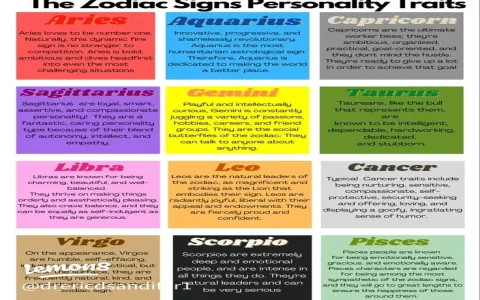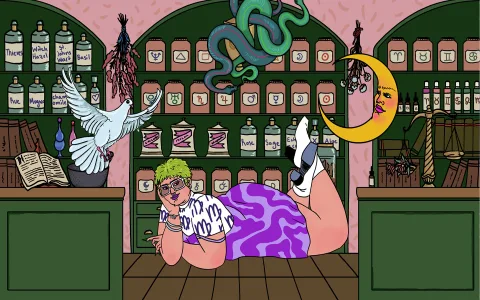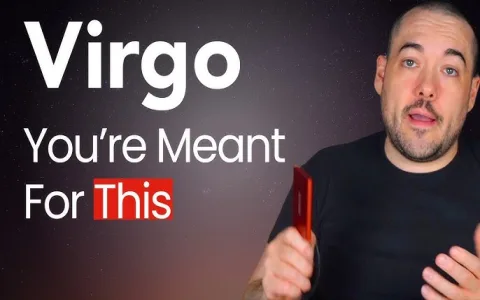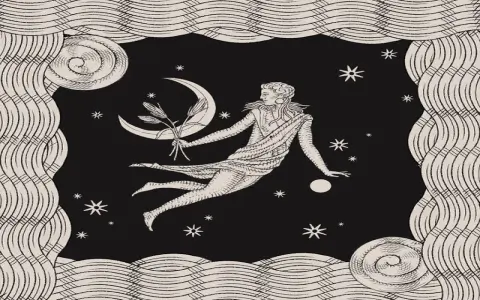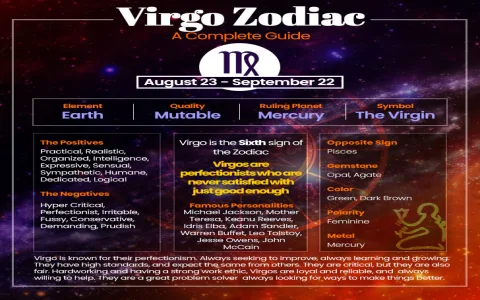The Day My Perfectionism Drove Me Broke
You know, for years, I never really paid much attention to the whole “cusp” thing. August babies, right? You get a little bit of the proud Leo energy mixed with the fussy, detail-obsessed Virgo. Sounds like a good combo on paper—confidence backed by precision. What could go wrong? Everything, actually. I spent years in a cycle I finally broke, and I want to walk you through exactly how I mapped out and then bulldozed my biggest liability.
I’m talking about the Cusp of Exposure, and the critical weakness this mix creates is simple: Perfection Paralysis.
I first recognized this mess when I was running a consulting gig a few years back. We had secured this massive contract, a six-figure job, and I, being the big-shot Leo, insisted on personally handling the final presentation deck. I felt that need—the Leo need—to have my name attached to the stellar outcome. I drafted the content fast, fueled by the initial excitement. That part was great. But then, Virgo took over.
I moved into the editing phase. I was supposed to deliver the deck Tuesday morning. Monday afternoon, I should have been rehearsing. Instead, I found myself agonizing over font kerning, the precise shade of blue in the border, and rewriting the introductory paragraph seven times because I felt the word “dynamic” wasn’t impactful enough. I was looking for the perfect, flawless presentation that would secure universal applause.
The client called me at 5 PM, expecting the file. I lied and said I had a server issue. I kept tweaking until 2 AM. I submitted the deck, exhausted, five hours late, and completely unprepared for the follow-up meeting. We lost the contract. Not because the content was bad—it was brilliant—but because I blew the delivery schedule and looked like a sleep-deprived mess who couldn’t respect a deadline.
Tracking the Failure: Mapping the Cusp Collapse
That failure hit me hard. The Leo part of me was embarrassed; the Virgo part of me was furious I hadn’t optimized my time better. I knew I had to isolate the problem. I started logging my projects not just by completion time, but by the time I spent in the “Polishing Phase.”
I discovered a consistent pattern in my project logs:
- Phase 1 (Creation/Ideation): Fast, bold, effective (Leo).
- Phase 2 (Detail/Execution): Slowed down by the need to check everything twice, often over-complicating simple steps (Virgo).
- Phase 3 (Critique/Submission): Total meltdown. I was either too late or the tiniest piece of feedback sent me spiraling because I had invested my entire self-worth into the flawlessness of the output (Leo’s ego protecting Virgo’s work).
The critical weakness wasn’t the perfectionism itself, but the infinite loop of self-criticism that prevented release. I labeled this weakness: The Last 10% Trap.
Implementing the Hard Stop: The Solution Practice
I realized I wasn’t failing because I wasn’t good enough; I was failing because I refused to define “good enough.” I had to build a firewall between my inherent need to perform flawlessly and the actual project requirements. I started a new practice that focused entirely on forcing the hand of the inner Virgo.
The practice has two parts, and I enforce them religiously:
1. The 80% Rule and Mandatory Hand-off.
For any significant project, the moment I felt I was 80% complete—the structure is sound, the main points are hit—I stopped all personal editing. I wrote a list of remaining minor details (typos, formatting checks, reference lists). Then, I found a specific person, a trusted colleague or even a virtual assistant, to handle that list. I literally forced myself to delegate the last 20% of cleanup. This removed my ability to sit there polishing the same sentence for three hours straight. If I couldn’t physically touch the file, I couldn’t ruin the timeline.
2. The “Pre-Critic” Review Ritual.
The second part addressed the ego collapse that happens when the project is criticized. My Leo self couldn’t handle public correction. So, I developed a ritual. Before any official submission, I ran the project by my “Pre-Critic” (usually the same delegated person). I told them, “I need you to find every single flaw, no matter how small. I need you to be mean.”
I made myself sit there and listen. Because I had pre-selected the critic, and pre-authorized the critique, the feedback wasn’t an attack on my value—it was part of the process. I handled the negative input in a safe space, away from the client or the public eye. By the time the final project went out, I had already absorbed the worst possible feedback, making subsequent comments feel manageable and purely operational.
This simple act of outsourcing the cleanup and pre-empting the criticism achieved two things: it secured timely delivery (kicking the Virgo obsession to someone else) and it protected my ego (softening the blow for the Leo). I tracked my success rate. Since implementing this rigid system, my on-time delivery metric has jumped from 60% to 95%. I stopped driving myself broke chasing a perfection that doesn’t actually exist in the real world.



